How to Use Time in Your Stories
You’ve likely heard someone discussing whether a book had a good or bad flow often enough that you understand how important the concept is to get right – but there are many factors that contribute to it. Stilted writing, repetitive ideas, even word choice can all break the flow of your story, as can grander things like pacing. You want your reader to be able to move easily through your story, be drawn in, follow along, and ultimately arrive satisfied at the end. So while it may seem risky, even counter-intuitive, to write a story that doesn’t flow through time in that same straightforward, linear fashion, when done right it can be a fabulous technique to add to your author toolbox. Books and movies are full of examples of non-linear timelines used to enhance their story, and today we’re going to explain the whys and hows so that you can incorporate it into your own writing as well.
First things first – except, not necessarily in that order.
One of the most dynamic ways to tell a story is through non-linear timelines – as in, you can read about an event in Chapter One that hasn’t even happened yet by the time you read Chapter Two.
It sounds confusing – and sometimes it is – but it can be a really powerful way to keep the pace of your story going even when the narrative is flat. It can also be used to deliver gut-punching ‘big reveals’ or start your story off with a bang even if the strictly-chronological timeline starts off with a slow burn.
You’re probably intimately familiar with the concept of non-linear timelines already, as they’ve been a big component of books and movies since the invention of storytelling. Personally, I’ve been a fan ever since Quentin Tarantino blew apart the heist movie genre with Reservoir Dogs and Pulp Fiction; which both served to mainstream the idea of non-linear timelines as ‘cool.’
Books that rely on non-linear timelines include the wildly popular The Handmaid’s Tale, which sees Offred start the tale during her third assignment as a ‘handmaid’ but revisits her earlier two assignments as well, in addition to the revolution that led to the collapse of American society in the first place.
The Time Traveler’s Wife is another great example – although arguably the non-linear timeline is linear from Henry’s perspective.
So, the tradition of non-linear timelines has a long history (no pun intended) but where do they fit into your story? And how do you use them – and why?
Start with Bang
Every successful writer knows that you’ve got a single paragraph – sometimes only a sentence – to hook your reader in the first chapter. If you’re a fan of slow-burn stories, this can often be a problem; and that’s where the non-linear timeline often proves valuable.
My 11-year-old, of all people, explained this to me the other day while he was talking about his favorite movie, Megamind. The movie opens with titular villain-turned-hero Megamind plummeting to his death, with apparently no way to escape – and he wraps up that massively exciting beginning by posing the question: “How did I get here?”
Spoiler alert – you’ll have to watch the first 50 minutes of the movie to find out.
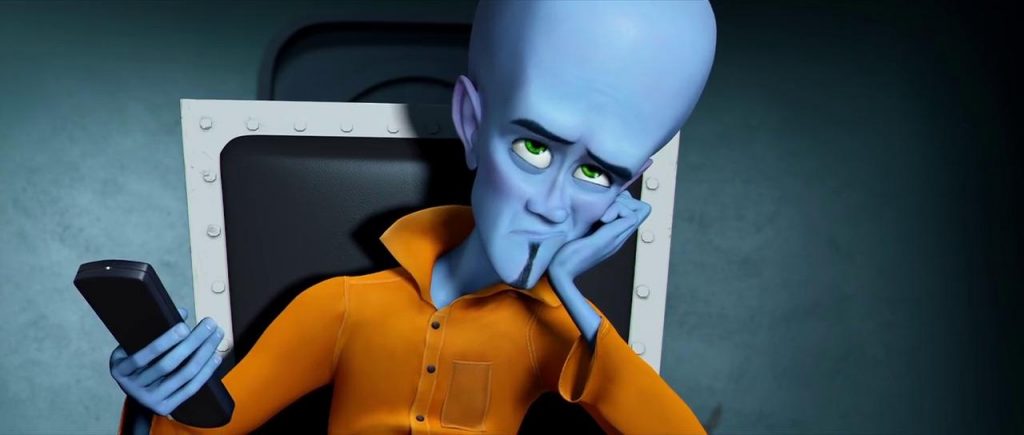
But if you’d approached storytelling the traditional way – with the birth of Megamind, and his journey to Earth, and how he got to be fighting a super-powered superman-turned-bad in the first place – you’d probably find you’d lost a few viewers along the way.
That’s why the movie starts off with something dramatic – and then goes back in time to explain how we got there.
The same is true in the movies I mentioned earlier – with Reservoir Dogs opening to the image of Mr. Pink lying in an ocean of his own blood, and Pulp Fiction opening with the robbery of a diner. None of these events happened until much later in the story; but we drop into them at the start so people know what to look forward to.
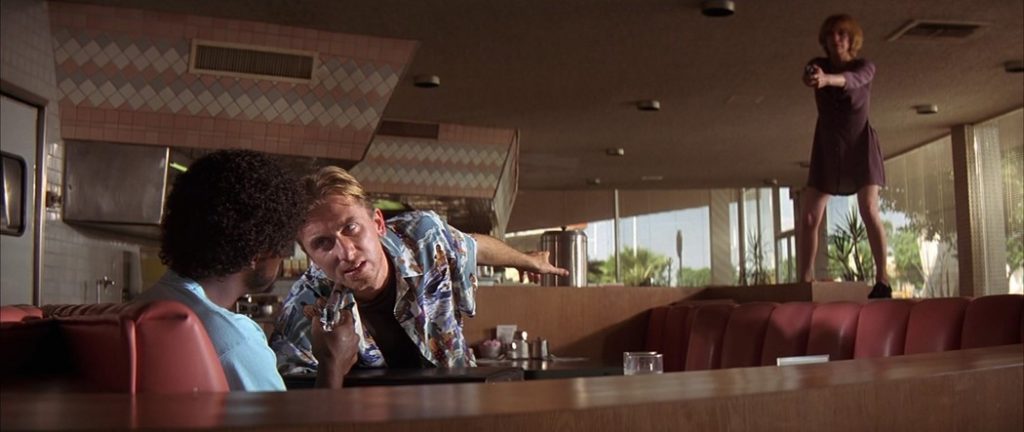
The value of this approach is that not only does it make for a more impactful ‘hook’ in the beginning of the story, but there’s also an immensely satisfying payoff when the reader gets to that point in the story themselves – basically closing the loop and heading off to the climax of the story in ‘real time.’
The Flashback
Another wildly popular way to use non-linear storytelling is through the use of the flashback. You already know what these are – they’re ubiquitous on film and in literature, in which one of the characters ‘remembers’ something important that occurred to them way back before the current timeline of the story.
Perhaps the best-known use of the flashback is in the 1942 movie Casablanca, which opens in (then) current war-torn Africa, and sees resistance fighter Ilsa reappear on the doorstep of cynical nightclub owner Rick.
After their first dramatic confrontation, Rick slumps drunkenly onto a stool and utters the famous line: “Play it again, Sam” – which is followed with a journey back in time accompanied by the sound of Dooley Wilson tinkling the ivories of his legendary piano.
From there, we witness Rick and Ilsa falling in love, the Nazis invading Paris, and the (first) final farewell, as Rick gets left reading a note on a train platform in the pouring rain.
(I once got stood up by a girl outside Notre Dame Cathedral in the pouring rain, so this scene has always resonated for me.)
The power of telling the story in this disjointed order is that it intensifies the conflict yet to come – and stories are always driven by conflict. It’s incredibly powerful to have Ilsa and her new husband stride into Rick’s bar and leave him drunk and broken – and the flashback slows the pace and gives context, while we’re still salivating for the resolution of the dangling plot thread we’d left just moments earlier.
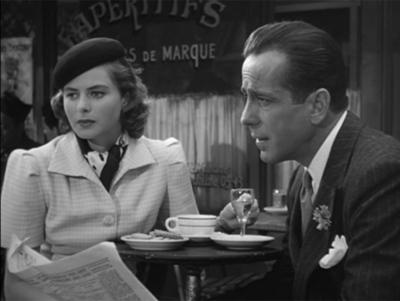
I think this example serves as an especially good example, because while the events themselves are out of chronological order, the use of flashbacks puts them perfectly in place within the famous Story Circle. The opening scene – in contemporary Africa – establishes the NEED of the characters, and the flashback is a self-contained loop which provides the devastating GO of the story (when the characters are brought to their knees despite following what they thought they should be doing.)
In terms of writing, flashbacks are incredibly powerful because they can explain the motivations of a character – and no character ever does anything without motivation. If you’re reading a romance novel and your lead character is a surly, brooding, unlikeable jerk – well, half the fun of reading the book is to discover why he is that way (and romance writers tend to lean heavily towards flashback for this purpose.)
In addition, that motivation can be served up as a ‘big reveal’ which can be incredibly satisfying for a reader to discover. One of the books which uses flashbacks most effectively is Joseph Heller’s Catch-22, which begins in Italy in 1944, but then jumps back and forth between events, giving out snippets and clues throughout. It even extends to a joke that was started in the early chapters – which actually gets its punchline in the chronological past through the use of flashback.
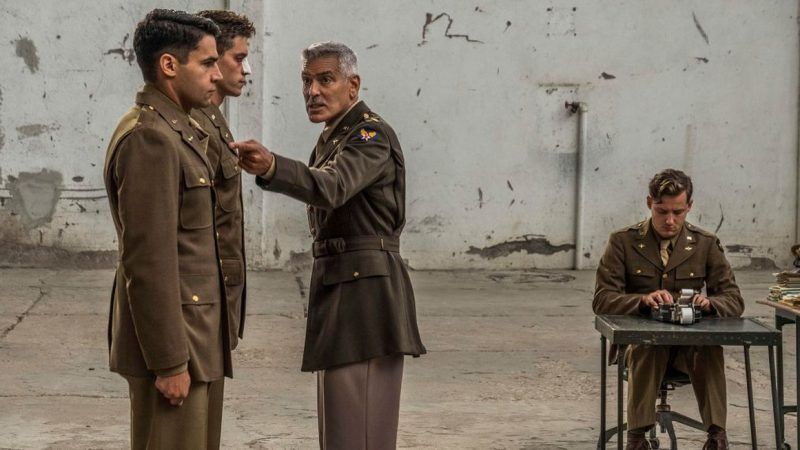
From a writer’s perspective, the best way to approach the use of flashbacks is to decide on a specific when your story is taking place, and then use flashbacks to provide context to that where (and when) it’s appropriate. In other words – start your story in the middle, and use flashbacks to tell the beginning a little later on.
Jump to the End
Another use of non-linear timeline that can be used to great effect is the ‘time jump.’ This is where you pause the story at a certain point and then begin again a month (or a year, or five years, or longer – whatever suits the story) down the line. This can be a time jump for the characters we know and love – used recently to great effect in The Walking Dead – or to go from one sequence of events to another, involving an entirely new cast of characters (like how Louis Sachar’s novel Holes was ostensibly about Stanley Yelnats, but also told the tale of Kissin’ Kate and Sam, set a century earlier.)
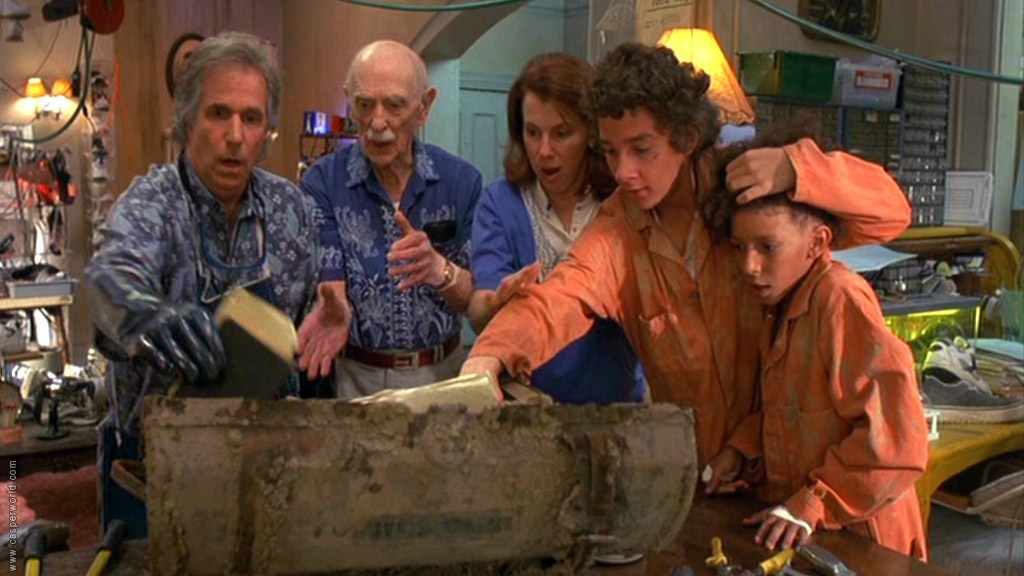
In Holes, of course, the events of the past are paid off in the future – and in addition to being individual characters in and of themselves, Stanley and his friends and family serve as generation-spanning archetypes who find resolution to conflicts that have spanned many lifetimes.
Time jumps are used in a wide variety of fiction, but they’re almost ubiquitous in romance – where certain types of books include a mandatory ‘separation’ period in which the hero/heroine spend some time alone and become the person they need to be to wind up together. Think of that scene in Notting Hill, in which Hugh Grant trudges through the stylized seasons to the lyrics of “ain’t no sunshine since she’s gone.” That depicts a year-long separation between him and Julia Roberts.
The blockbuster Avengers: Endgame does something similar, with a banner reading “5 Years Later” that accelerates the story massively; and shows the aftermath of Thano’s infamous ‘snappening.’ What makes this so effective is the very visceral impact this period has had on our heroes – with Thor becoming a despondent, overweight lump, and Ant Man’s daughter growing up while her father is away.
From a storytelling perspective, this is a really powerful tool because you don’t need to see what the heroes went through during this period – you just need to see the impact of it. Once again, a non-linear timeline (although I guess a time jump is kind of linear) helps keep the pace of the story going, by ignoring the aspects that would slow it down.
Using Non-Linear Narrative in your Own Books
While non-linear narrative can be incredibly powerful in fiction, it’s something that needs to be used strategically and deliberately. It’s generally not something I’d recommend Pantsters rely on (although I’ve seen plenty of them pull it off with aplomb) because the non-linear narrative is meant to fill in sections of a traditional story circle, albeit in a non-traditional way, it’s important to understand the entirety of your story before you start chopping it up and rearranging the chronology of it.
My recommendation is to start off by writing out the events of your story in strictly chronological order, without any concern about pacing, and then decide how you might want to switch the storytelling around to make the whole tale more engaging and accelerate the pace. It’s easier to see this once you have the whole thread in place, rather than writing by the seat of your pants.
The other thing you need to be really aware of when you use non-linear narrative – especially with flashbacks – is how you incorporate them.
As an editor, I’ve run into countless examples of authors switching from a current day scene, into a flashback, and then back again with such fluidity that it’s almost impossible to tell what’s going on. Another issue is starting a scene in the present day, and then one sentence later going into a flashback that continues for the rest of the chapter. For the sake of clarity, it’s very important to establish what is happening now, and what happened then.
There are two approaches you can take with this.
If a character is having a flashback, which lasts only a segment of the chapter and then returns to the present day, it’s vital to manage your verb tenses. Verb tenses are the way that explain what is happening now, and what is happening then, and it’s absurdly easy to get them both mixed up (I’ve had to correct it through three chapters at one point in my own books.)
Authors argue between the two, but in general the action happening now is either written in present tense (“Hillary looks up at the door”) or past simple tense (my preference) which would read: “Hillary looked up at the door.”
When Hillary – or your own characters – drop into flashback mode, you need to switch tenses to establish that this is a flashback. I recommend the past perfect tense: “Hillary had looked up at the door” or even the past perfect continuous tense: “Hillary had been looking up at the door.”
Look at this simple section and see what a difference it makes:
John leaned against the refrigerator and pulled out a beer. Popping off the cap, he took a swallow and thought about the last time he’d seen Claire. It had been the previous summer, when he’d been working at the logging mill.
Now, let’s make the mistake a lot of writers do (myself included) and mix up the tenses.
John leaned against the refrigerator and pulled out a beer. Popping off the cap, he took a swallow and thought about the last time he’d seen Claire. It was the previous summer, when he was working at the logging mill.
It’s not egregious, but you can probably see the potential for confusion; and that potential increases the further into flashback mode you go. This is why it’s really important to get this detail right.
That being said, writing a huge, long paragraph (or an entire chapter) in the past perfect tense makes for difficult reading, so you have two options for extended flashback scenes.
You can either gently flow into using past simple tense by setting the establishing sentences in past perfect, and then slipping into past simple once the scene is set – or, you can do what I recommend, and do a section break or even an entire chapter break and write the flashback in the past simple or present tense – like it’s happening now – but have it set chronologically in the past.
Really want to get the point across? In chapters set in the past, preface that with a date. A bold headline establishing the date is one option, or something like “one week earlier” also works.
Time’s Run Out
In short, using a non-linear narrative is a powerful way to tell a story; but it involves a little extra planning, plotting and editing to pull it off effectively. The results, though, can be spectacular – and readers often love it.
If you have any remaining doubts about the power of this approach, remember that non-linear narrative isn’t just a style of storytelling, but it’s actually a scientific reality. According to quantum physics, time is a human construct anyway – all events occur at once, and we just use ‘time’ to establish the order they’re in. This is why you can play video games for hours, and it seems like minutes – but listening to Killing Me Softly by the Fuguees takes an objective 4 minutes and 53 seconds (it only feels like a lifetime).
Non-linear narrative is so effective in storytelling precisely because it mirrors the way we experience things, process things, and turn our real-life experiences into a coherent narrative in our head. That sounds counter-intuitive, but it’s true; and the next time you find your thoughts drifting off to something that happened to you in the past, it’s worth remembering that your brain is basically using non-linear narrative to tell you your own story.




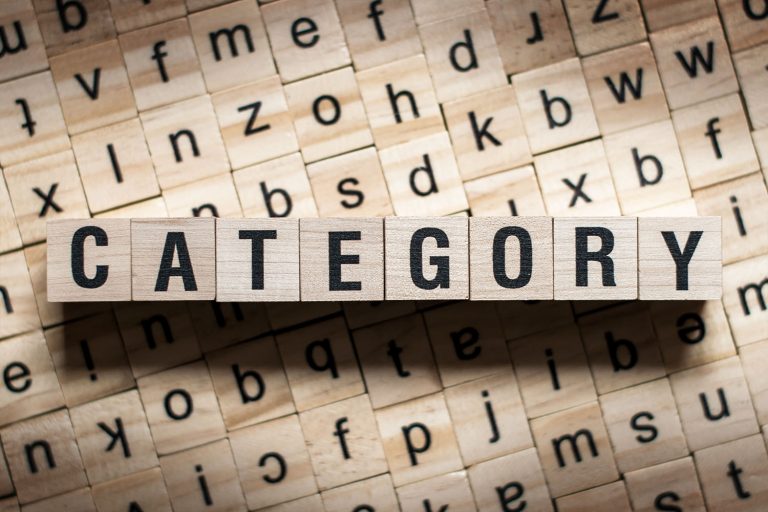







Useful, thanks!